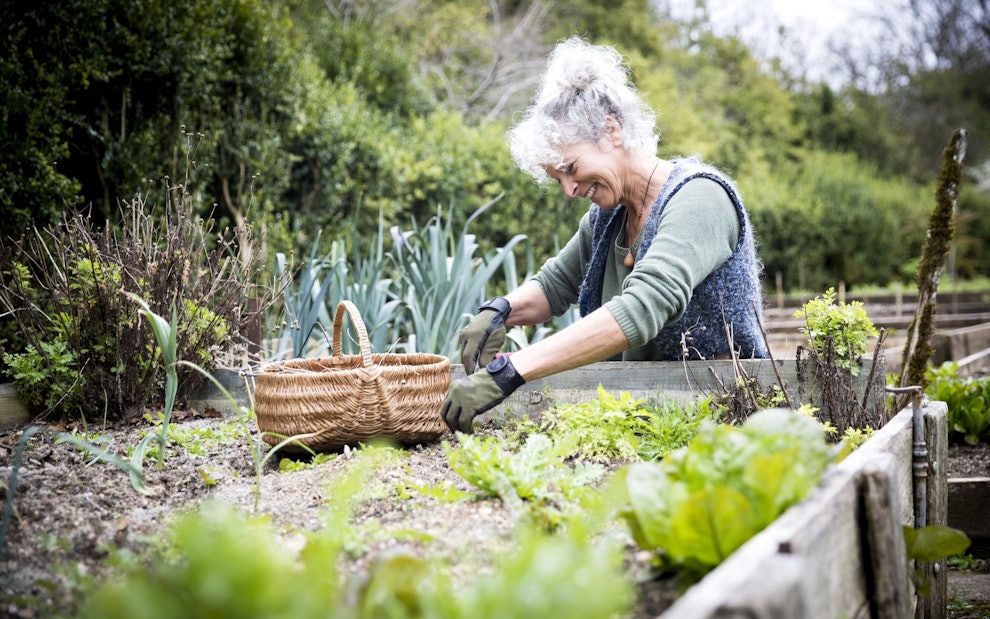Seasonal Allergies: Symptoms, Treatments, and Home Remedies
Article at a glance
According to the Asthma and Allergy Foundation of America, 26% of U.S. adults live with seasonal allergies. In 2021, 81 million people were diagnosed with seasonal allergic rhinitis, a condition that causes a runny or stuffy nose, sneezing, and itchy eyes. These seasonal allergies symptoms typically occur in the spring when flowers and trees are in bloom and pollen counts increase. While the symptoms of seasonal allergies can persist and be bothersome during these months, many treatments are available to minimize their impact. Understanding what causes spring allergies and how to treat your symptoms can make allergy season more comfortable.
- Seasonal allergies are common, with more than one-quarter of U.S. adults experiencing spring allergies every year.
- Spring allergies are caused by tree and grass pollination, which can occur from January through June.
- Seasonal allergy symptoms include a runny or stuffy nose, sneezing, and itchy eyes, nose, and mouth.
- A variety of treatment options are available to ease spring allergy symptoms, including over-the-counter medication, prescription medication, and long-term immunotherapy.
- Home remedies can also reduce the impact of spring allergies and include avoiding allergy triggers, filtering indoor air, and showering daily to reduce pollen buildup and exposure.

What causes spring allergies?
During the spring, trees and plants begin to bloom. While the bright blooms and green leaves can be beautiful to look at, they can also serve as the cause of your spring sniffles. Tree pollen and grass pollen are two common triggers for seasonal allergies.
When do spring allergies start? Well, that depends in part on your where you live. Pollen season in the U.S. usually occurs in two phases. In many areas of the country, trees begin pollinating in January or February. According to the Asthma and Allergy Foundation of America, tree pollen allergies are the most common trigger for spring allergies. Hickory, ash, birch, maple, oak, poplar, and walnut trees commonly cause pollen allergies.
Grass pollination continues deeper into spring, usually occurring between April and June. However, warmer climates may see grass pollination year-round. Bermuda, fescue, and Kentucky blue grass are common triggers for spring allergies. The ongoing tree and grass pollination during the spring means that seasonal allergies can persist for several months.
During pollination, trees and grasses release small grains of pollen that fertilize other plants. These tiny pollen grains travel by air and trigger allergy symptoms. You might breathe in the pollen, or it can get into your eyes or ears. During times of high pollen counts, you might even see a buildup of pollen on outdoor furniture or cars.
Seasonal Allergies Symptoms
Spring allergies include a variety of symptoms. These seasonal allergy symptoms may come and go as pollen counts shift throughout the season. While allergy symptoms are not typically serious, they can be bothersome. Spring allergy symptoms include:
- Runny nose
- Stuffy nose
- Sneezing
- Red, watery, or swollen eyes
- Itchy eyes, nose, ears, or mouth
Do allergies get worse with age?
Many people wonder if allergies get worse with age. If you find that you have an onset of allergies later in life or your symptoms strengthen, you’re not alone. Allergies can worsen as you age for many reasons. First, if you move to a new area, you might find that you’re more allergic to your new environment. On the other hand, years of exposure to allergens, such as pollen, can increase your allergy symptoms. Additionally, your immune system weakens as you age, which makes you more susceptible to allergies.
Treatments
Often, spring allergy symptoms can be managed at home. The severity of your symptoms and your overall health dictate when or if you should see your doctor. Over-the-counter treatments work well for mild allergies. If you experience more severe or persistent spring allergies, you may choose to talk to your doctor about prescription treatment. Consider these options as you look to ease your symptoms.
Over-the-Counter Treatments
Many over-the-counter treatments are available to help reduce the symptoms of your seasonal allergies. It’s important to consider your symptoms as you look for the right treatment option. Consider these proven spring allergy treatments:
- Nasal sprays can reduce swelling in the nose and minimize nasal congestion.
- Antihistamines help improve itchy eyes or nose and runny nose.
- Decongestants relieve stuffy noses.
Prescription Medicines
Prescription allergy medicines are also available and can target common symptoms. They work by blocking chemical messengers that are involved in allergic reactions. Talk to your doctor about your symptoms to determine whether a prescription allergy medication may work for you. A quick search for an “allergy doctor near me” can help you find local options for allergy treatment.
Allergy Shots
Allergy shots are a treatment option for people who cannot relieve their symptoms with over-the-counter or prescription medicines. This treatment is a type of immunotherapy and a more long-term option, often providing relief from one spring to the next. They’re delivered in two phases.
During the build-up phase, you are injected with a small amount of allergen once or twice a week. This phase usually lasts for three to six months. The maintenance phase begins once you have received a dose of shots that are effective. At that point, you will receive shots less frequently, usually every two to four weeks.

Home Remedies to Ease Symptoms
Changing your habits and being aware of your allergy triggers can help you reduce spring allergy symptoms. Mix and match strategies to make the spring season more tolerable.
Avoid Allergens
Checking daily pollen counts can help you avoid exposing yourself to allergens on high pollen days. Close your windows and opt for indoor activities when the pollen count is high. While you won’t be able to avoid pollen in the air entirely, you can minimize your exposure to keep your symptoms in check.
Upgrade Indoor Air Filters
Pollen can find its way into your house, so make sure you’re filtering it out of your home efficiently. A high-efficiency particulate air (HEPA) filter can rid your indoor air of allergens. During the spring allergy season, you may also want to swap out your air filters more regularly to ensure they’re always working at peak efficiency.
Shower Daily to Remove Allergens
Allergens can also build up in your hair or on your skin when you’re outdoors. Shower every night to rinse away the pollen before bed. If you go to sleep with pollen buildup on you, your symptoms may worsen.
Summary Conclusion
Seasonal allergy symptoms might appear every spring, but you don’t have to simply accept them. Targeted treatments and home remedies help you ease their impact and let you enjoy the season. Understanding what causes spring allergies and identifying your symptoms are important. Start with over-the-counter remedies, and if your symptoms persist, talk to your doctor about other treatment options. With a variety of ways to ease the congestion, sneezing, and itching often associated with spring allergies, you’re sure to find ways to reduce your symptoms and enjoy the spring weather.
Sources
- https://aafa.org/allergies/allergy-facts/
- https://aafa.org/allergies/allergy-symptoms/rhinitis-nasal-allergy-hayfever/
- https://aafa.org/allergies/types-of-allergies/pollen-allergy/
- https://www.aaaai.org/tools-for-the-public/conditions-library/allergies/allergy-shots-(immunotherapy)
- https://health.clevelandclinic.org/natural-remedies-for-seasonal-allergies/
Become a patient
Experience the Oak Street Health difference, and see what it’s like to be treated by a care team who are experts at caring for older adults.



